News
-
 Astronomy
Astronomy‘Bones’ in Milky Way could help map galactic structure
Six newly discovered tendrils of interstellar gas might be “bones” of the Milky Way that could help researchers understand the scaffolding of our galaxy.
-
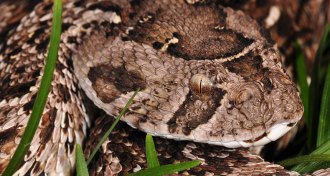 Animals
AnimalsPuff adders appear ‘invisible’ to noses
The snakey scent of puff adders proves difficult for even sensitive animal noses to detect.
By Susan Milius -
 Astronomy
AstronomyNew recipe found for making supermassive black hole
The universe’s first supermassive black holes may have formed directly from gas in colliding galaxies, new simulations suggest.
By Andrew Grant -
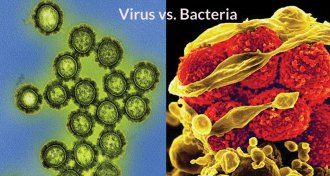 Health & Medicine
Health & MedicineGene behavior distinguishes viral from bacterial infections
Researchers have identified signatures of viral infection, a distinction that may help doctors tell whether bacteria or a virus is causing trouble.
-
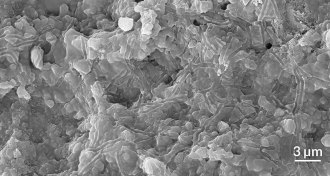 Paleontology
PaleontologyBubbles may have sheltered Earth’s early life
Bubbles formed on ancient shorelines offer scientists a new place to look for traces of early life.
By Meghan Rosen -
 Astronomy
AstronomyExoplanets need right stuff to be habitable
The elemental makeup of a star can reveal whether planets in its solar system could support sustained plate tectonics, a requirement for Earth-like life, researchers propose.
-
 Life
LifeTweaking the pattern equations
A more than 60-year-old theory about how patterns in nature form gets an update.
-
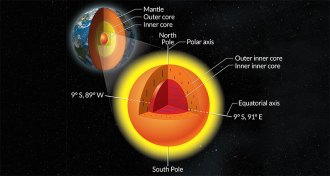 Earth
EarthSolid inner, inner core may be relic of Earth’s earliest days
Earth’s innermost inner core may have formed billions of years earlier than previously thought, shortly after the planet’s accretion.
-
 Climate
ClimateIce rafts traveling farther and faster across the Arctic Ocean
Climate change may be causing Arctic sea ice to travel farther and faster than it did 15 years ago, taking pollutants and other material along for the ride.
-
 Physics
PhysicsGeneral relativity caught in action around black hole
X-rays enable scientists to spot a black hole twisting the surrounding fabric of spacetime, just as Einstein’s theory predicts.
By Andrew Grant -
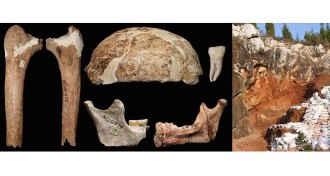 Anthropology
AnthropologyThigh bone adds to mystery over 14,000-year-old Homo species
Controversial Chinese leg fossil may point to hybrid humans 14,000 years ago.
By Bruce Bower -
 Health & Medicine
Health & MedicineTo treat the heart, start with the gut
Preventing gut bacteria from making certain chemical compounds reduced artery clogging in mice, researchers report.